Home>Garden Essentials>How To Save Zucchini Seeds
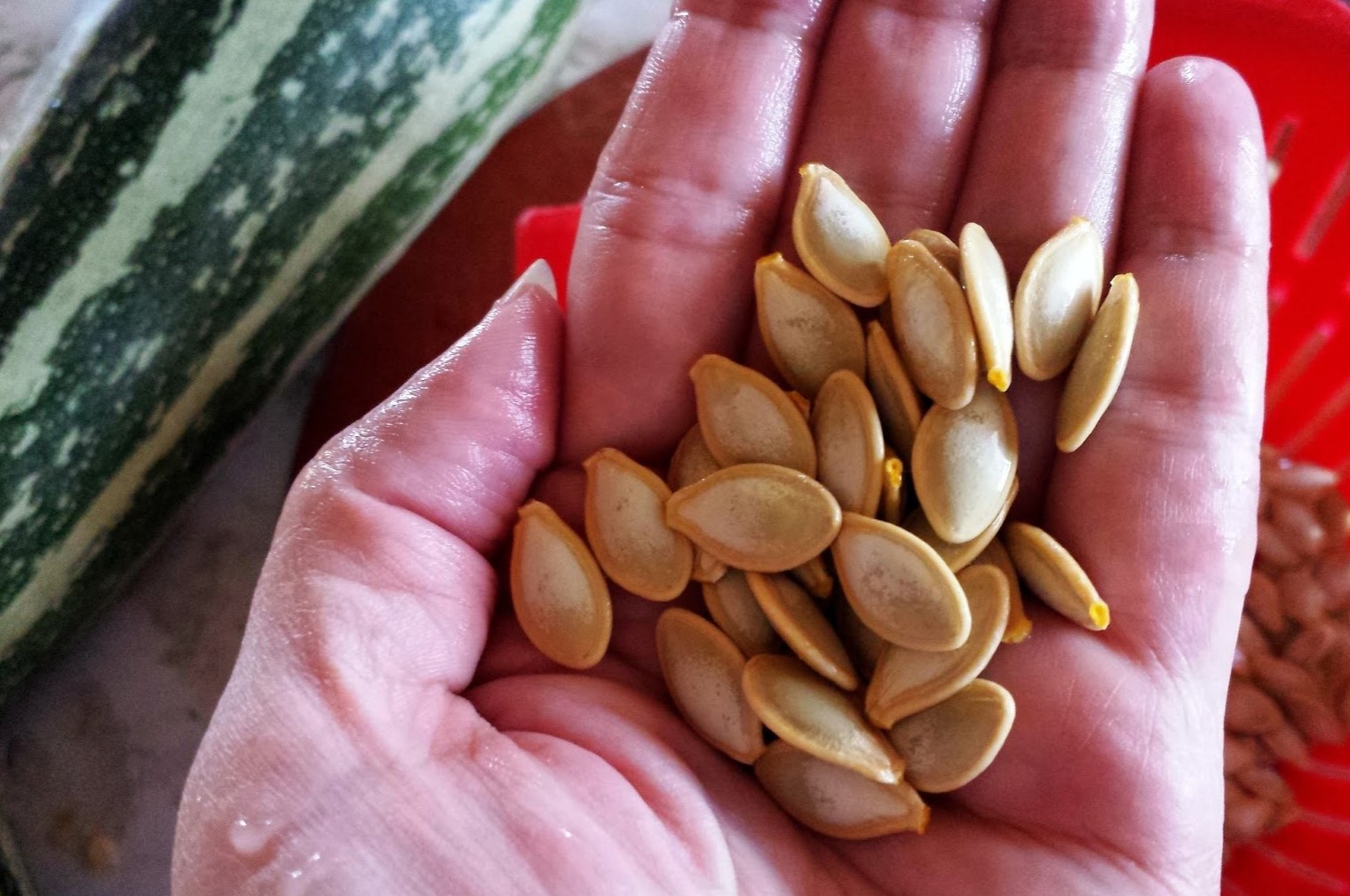

Garden Essentials
How To Save Zucchini Seeds
Modified: August 27, 2024
Learn how to save zucchini seeds for your garden and ensure a bountiful harvest. Simple and effective techniques for seed preservation.
(Many of the links in this article redirect to a specific reviewed product. Your purchase of these products through affiliate links helps to generate commission for Storables.com, at no extra cost. Learn more)
Introduction
Welcome to the wonderful world of zucchini gardening! As a garden enthusiast, you may already know that growing zucchinis can be a rewarding experience. Not only do these summer squash plants produce an abundance of delicious fruits, but they also provide the opportunity to save and preserve your own zucchini seeds for future plantings. Saving zucchini seeds not only saves you money but also allows you to maintain the unique characteristics of your favorite zucchini varieties.
In this article, we will guide you through the process of saving zucchini seeds, from choosing the right zucchini to harvesting, cleaning, and storing the seeds for future use. So, put on your gardening gloves and let’s dive right in!
Before we delve into the steps of saving zucchini seeds, let’s take a moment to understand the importance of zucchini seeds and their role in the gardening process. Zucchini seeds are the key to growing new zucchini plants. Each seed carries the genetic information necessary for the plant to develop and produce fruits.
When you save zucchini seeds, you have the opportunity to select and save seeds from the healthiest and most productive zucchini plants in your garden. Over time, this can lead to the development of plants that are well-adapted to your specific growing conditions, resulting in even better yields and more resilient zucchinis.
It’s worth mentioning that zucchini plants are pollinated by bees or other pollinators, which means that they can cross-pollinate with other varieties of zucchini or related squash species if there are any nearby. This can result in hybridization and the loss of the desired characteristics in your zucchini plants.
However, with proper isolation or hand pollination techniques, you can control the pollination process and maintain the purity of your zucchini seeds. By saving your own zucchini seeds, you have full control over the quality, traits, and flavor profile of the zucchinis you grow.
Now that you have a good understanding of the importance of zucchini seeds, let’s move on to the first step – choosing healthy zucchini for seed saving.
Key Takeaways:
- Save zucchini seeds to grow your favorite varieties, save money, and create resilient plants adapted to your garden. Choose healthy zucchinis, harvest and clean the seeds, then store them properly for future use.
- By saving zucchini seeds, you control the traits and flavors of your zucchinis. Remember to prioritize plant health, dry the seeds thoroughly, and store them in a cool, dark place for successful future plantings.
Read more: How To Get Zucchini Seeds
Understanding Zucchini Seeds
Before you embark on the journey of saving zucchini seeds, it’s crucial to understand the anatomy and characteristics of zucchini seeds. Zucchini seeds are small, oval-shaped, and come in various colors, ranging from light beige to dark brown. Each seed is encased in a protective outer shell called the seed coat.
Within the seed coat, there are three main components: the embryo, endosperm, and cotyledons. The embryo is the developing plant, containing the vital genetic information that determines the traits and characteristics of the zucchini plant. The endosperm serves as a source of nourishment for the germinating seed, providing essential nutrients during the early growth stages. The cotyledons, also known as seed leaves, emerge from the embryo and play a crucial role in providing energy to the seedling until it can establish its own photosynthetic processes.
It’s important to note that zucchini seeds, like most vegetable seeds, have a finite shelf life. Over time, their viability decreases, making it less likely for the seeds to germinate and grow into healthy plants. Therefore, it’s recommended to use zucchini seeds within 3-5 years of harvesting.
If you have purchased zucchini seeds from a reputable seed supplier, they should come with a recommended germination period. This information can help you determine the shelf life of the seeds and plan your seed-saving efforts accordingly.
Another crucial factor to consider is the quality and health of the zucchini plant from which you will be saving seeds. It’s essential to select the healthiest and most vigorous zucchini plants to ensure that you are saving seeds from plants with desirable traits, such as disease resistance, high yield, and excellent flavor.
Some key characteristics to look for when choosing zucchini plants for seed saving include:
- Vibrant and healthy foliage
- Strong and sturdy stems
- Abundant flowering and fruiting
- Disease and pest resistance
- Fruits with desirable traits, such as shape, color, and taste
By selecting plants with these qualities, you are more likely to save seeds that will produce thriving zucchini plants and high-quality fruits in the future.
Now that we’ve covered the basics of understanding zucchini seeds, let’s move on to the first step of the seed-saving process – choosing healthy zucchini for seed saving.
Step 1: Choosing Healthy Zucchini for Seed Saving
The first step in saving zucchini seeds is to carefully choose healthy zucchini plants from which to collect seeds. By selecting strong and vibrant plants, you ensure that the seeds you save will have the best chance of producing healthy and productive zucchini plants in the future.
Here are some tips to help you choose the right zucchini plants for seed saving:
- Observe plant health: Look for zucchini plants with vibrant and healthy foliage. Avoid plants with signs of diseases, such as yellowing leaves, wilting, or spots.
- Check stem strength: Examine the stem of the zucchini plant to ensure it’s strong and sturdy. A weak or damaged stem may indicate poor overall plant health and vigor.
- Assess flowering and fruiting: Choose zucchini plants that have abundant flowers and fruits. This indicates that the plant is healthy and capable of producing a good yield.
- Consider disease resistance: If you’ve noticed any diseases affecting zucchini plants in your garden, choose plants with good disease resistance. This helps ensure that the seeds you save will have a higher chance of producing disease-resistant plants.
- Look for desirable traits: If you have specific preferences for zucchini traits such as color, shape, or taste, look for plants that exhibit those desired characteristics. This way, you can save seeds that will likely produce zucchinis with the traits you love.
It’s important to note that if you are growing different varieties of zucchini or other squash plants in close proximity, there is a chance of cross-pollination. Cross-pollination occurs when pollen from one plant fertilizes the flowers of a different variety, resulting in genetic mixing and potentially altering the characteristics of the seeds.
If you want to save seeds from a particular zucchini variety, it’s best to isolate that plant from others of the same species. This can be done by physically separating the plants or using barriers, such as nets or row covers, to prevent bees and other pollinators from transferring pollen between plants. Alternatively, you can hand-pollinate the flowers by transferring pollen with a small brush or cotton swab from the male flowers to the female flowers.
By ensuring the health and quality of the zucchini plants you choose for seed saving, you lay the foundation for successful seed production and future bountiful harvests. Once you’ve selected the perfect zucchini plants, you can move on to the next step – harvesting zucchini seeds!
Step 2: Harvesting Zucchini Seeds
Harvesting zucchini seeds is an exciting process that involves collecting mature seeds from fully ripened zucchinis. By waiting until the zucchinis are fully mature, you ensure that the seeds inside are fully developed and ready for saving.
Follow these steps to harvest zucchini seeds:
- Choose mature zucchinis: Select zucchinis that have reached full maturity. You can identify mature zucchinis by their larger size, firm texture, and tough skin. Avoid harvesting zucchinis that are underdeveloped or overly ripe.
- Allow zucchinis to fully ripen: Leave the selected zucchinis on the vine until they reach full maturity. This allows the seeds inside to develop completely.
- Check for firmness and color change: Gently press your finger against the skin of the zucchini. If it feels firm and does not dent easily, it’s an indication that the zucchini is mature. Additionally, some zucchini varieties undergo a color change when mature, such as turning from dark green to a lighter shade or developing yellow spots.
- Harvest the zucchinis: Using a pair of clean gardening shears or a sharp knife, carefully cut the zucchinis from the vine. Leave a small portion of the stem attached to the fruit.
- Prepare a clean workspace: Find a clean and well-ventilated area where you can work on extracting the seeds from the zucchinis. Lay down a piece of newspaper or a clean towel to collect the seeds.
- Cut open the zucchinis: Using a clean knife, cut the zucchinis lengthwise to expose the inner flesh and seeds. Take caution not to damage the seeds while cutting.
- Scoop out the seeds: Use a spoon or your fingers to gently scoop out the seeds from the center of the zucchinis. Place the seeds in a clean container, such as a glass jar or a small bowl.
- Separate the seeds from the pulp: Remove any excess pulp or flesh from the harvested seeds. You can do this by rinsing the seeds with clean water or gently rubbing them between your fingers to remove any clinging debris.
Once you have harvested and cleaned the zucchini seeds, you can move on to the next step – cleaning and preparing the seeds for storage.
Note: If you’re saving seeds from multiple zucchini plants, it’s important to keep the seeds labeled and separated according to the plant variety. This way, you can maintain the integrity and identity of each seed batch.
When saving zucchini seeds, choose a mature, fully grown zucchini and scoop out the seeds. Rinse them in water and lay them out to dry on a paper towel. Once dry, store them in a cool, dry place for future planting.
Step 3: Cleaning and Preparing Zucchini Seeds
After harvesting zucchini seeds, it’s essential to clean and prepare them before storing. Cleaning the seeds helps remove any remaining debris, pulp, or pathogens that could potentially affect their viability. Preparing the seeds for storage ensures they are in optimal condition for future plantings.
Follow these steps to clean and prepare zucchini seeds:
- Rinse the seeds: Place the harvested seeds in a fine-mesh sieve or strainer. Rinse the seeds under running water, gently swishing them around to remove any remaining pulp or debris. Alternatively, you can soak the seeds in a bowl of water for a few minutes and then swish them around to facilitate cleaning.
- Remove floating seeds: While rinsing the seeds, you may notice some seeds floating on the surface. These floating seeds are usually hollow or undeveloped. Carefully skim these seeds off the top of the water and discard them, as they are unlikely to germinate.
- Dry the seeds: After rinsing, spread the seeds out in a single layer on a clean, dry paper towel or a fine-mesh screen. Ensure the seeds are evenly spaced and not touching each other to allow for proper airflow. Place them in a well-ventilated area away from direct sunlight to dry. Leave the seeds to air dry for at least one week, or until they are thoroughly dry and no longer feel moist to the touch.
- Avoid excessive moisture: During the drying process, it is crucial to avoid exposing the seeds to excessive moisture. High levels of moisture can lead to mold growth or seed rot, which can render the seeds non-viable. Make sure the drying area has low humidity and is well-ventilated.
- Periodically agitate the seeds: During the drying process, gently agitate or stir the seeds every couple of days. This helps prevent clumping or sticking together, ensuring that each seed dries properly.
- Perform a viability test (optional): If you want to determine the germination rate of your zucchini seeds, you can conduct a viability test before storing them. Place a small number of seeds on a damp paper towel, fold it in half, and place it inside a sealable plastic bag. Keep the bag in a warm location and check the seeds after a few days to see how many have germinated. The percentage of germinated seeds will give you an idea of their viability.
Once your zucchini seeds are thoroughly dry, it’s time to move on to the final step – storing the seeds for future use. Proper storage ensures the longevity and viability of the seeds, allowing you to enjoy successful plantings for years to come.
Read more: How To Vertical Garden Zucchini
Step 4: Drying and Storing Zucchini Seeds
Properly drying and storing zucchini seeds is key to preserving their viability and ensuring successful future plantings. Following the right techniques will help maintain the quality of the seeds and extend their shelf life.
Here’s how to dry and store zucchini seeds:
- Ensure complete dryness: Before storing the seeds, make sure they are fully dry. If there is any remaining moisture, the seeds may become susceptible to mold or rot during storage. If you’re uncertain about the dryness, extend the drying time by a few more days.
- Use airtight containers: Select airtight containers for storing the zucchini seeds. Good options include glass jars, seed envelopes, or resealable plastic bags. Make sure the containers are clean, dry, and free from any moisture or contaminants that could affect the seeds.
- Label the containers: Label each container with the zucchini variety and the date of harvest. This information will help you keep track of the seeds’ age and identity, allowing you to prioritize the use of older seeds first.
- Add moisture-absorbing packets (optional): To further safeguard against excess moisture, you can add moisture-absorbing packets or silica gel to the containers. These desiccants help maintain a dry environment and prevent any moisture from affecting the seeds. Be sure to use food-safe desiccants.
- Store in a cool, dry place: Find a cool and dark location for storing the seeds. Ideally, the temperature should be around 40 to 50°F (4 to 10°C). Avoid exposing the seeds to direct sunlight, as it can create heat and moisture, potentially reducing their viability.
- Avoid temperature fluctuations: Keep the storage area temperature consistent. Fluctuations in temperature can create condensation, which can be detrimental to the seeds. Basements, pantries, or refrigerators can be suitable storage locations.
- Check for humidity regularly: Periodically check the storage containers for any signs of humidity or moisture. If you notice any condensation or signs of mold, remove the affected seeds immediately to prevent further damage and contamination.
- Record seed viability: If you performed a viability test earlier, record the results and the percentage of seeds that germinated. This information will be helpful for future reference and planning.
By following these steps, you can ensure that your zucchini seeds remain viable for an extended period, allowing you to experience successful germination and healthy plant growth in the seasons to come.
Remember to properly label and organize your seed collection, so you can easily identify and utilize the zucchini seeds when it’s time to plant. With your well-preserved zucchini seeds, you’ll be ready to cultivate a fruitful and delicious zucchini garden year after year!
Congratulations! You have successfully completed the process of saving and storing zucchini seeds. Now you can sit back and enjoy the anticipation of seeing your saved seeds grow into beautiful zucchini plants in your garden.
Happy gardening and successful seed saving!
Conclusion
Congratulations on completing the journey of saving zucchini seeds! By following the steps outlined in this article, you have learned how to choose healthy zucchinis for seed saving, harvest the seeds, clean and prepare them, and store them for future plantings.
By saving and storing your own zucchini seeds, you have taken control of your gardening experience, allowing you to preserve the qualities of your favorite zucchini varieties, save money on buying seeds, and ensure a more sustainable and self-sufficient garden.
Remember, when choosing zucchini plants for seed saving, prioritize health, vigor, and desirable traits. Properly harvesting mature zucchinis and cleaning the seeds ensures their viability and removes any potential contaminants. Drying the seeds thoroughly and storing them in airtight containers in a cool and dark place helps maintain their quality and longevity.
As you continue your gardening journey, don’t forget to label and organize your seed collection, keeping track of the variety and harvest date. This will help you prioritize the use of older seeds and maintain a well-curated collection.
Having the ability to save zucchini seeds not only allows you to preserve specific traits and flavors you love but also empowers you to experiment with different growing techniques and adapt zucchinis to your unique garden conditions.
Remember to always conduct viability tests before planting saved seeds to ensure optimal germination rates. As a proud seed saver, you contribute to the preservation of heirloom varieties and the biodiversity of zucchini plants.
Now, armed with your knowledge of saving zucchini seeds, you can enjoy a continuous cycle of sowing, growing, harvesting, and seed saving. Get ready to witness the magic of your saved seeds growing into thriving zucchini plants year after year.
Happy gardening and may your zucchinis always be abundant and delicious!
Frequently Asked Questions about How To Save Zucchini Seeds
Was this page helpful?
At Storables.com, we guarantee accurate and reliable information. Our content, validated by Expert Board Contributors, is crafted following stringent Editorial Policies. We're committed to providing you with well-researched, expert-backed insights for all your informational needs.
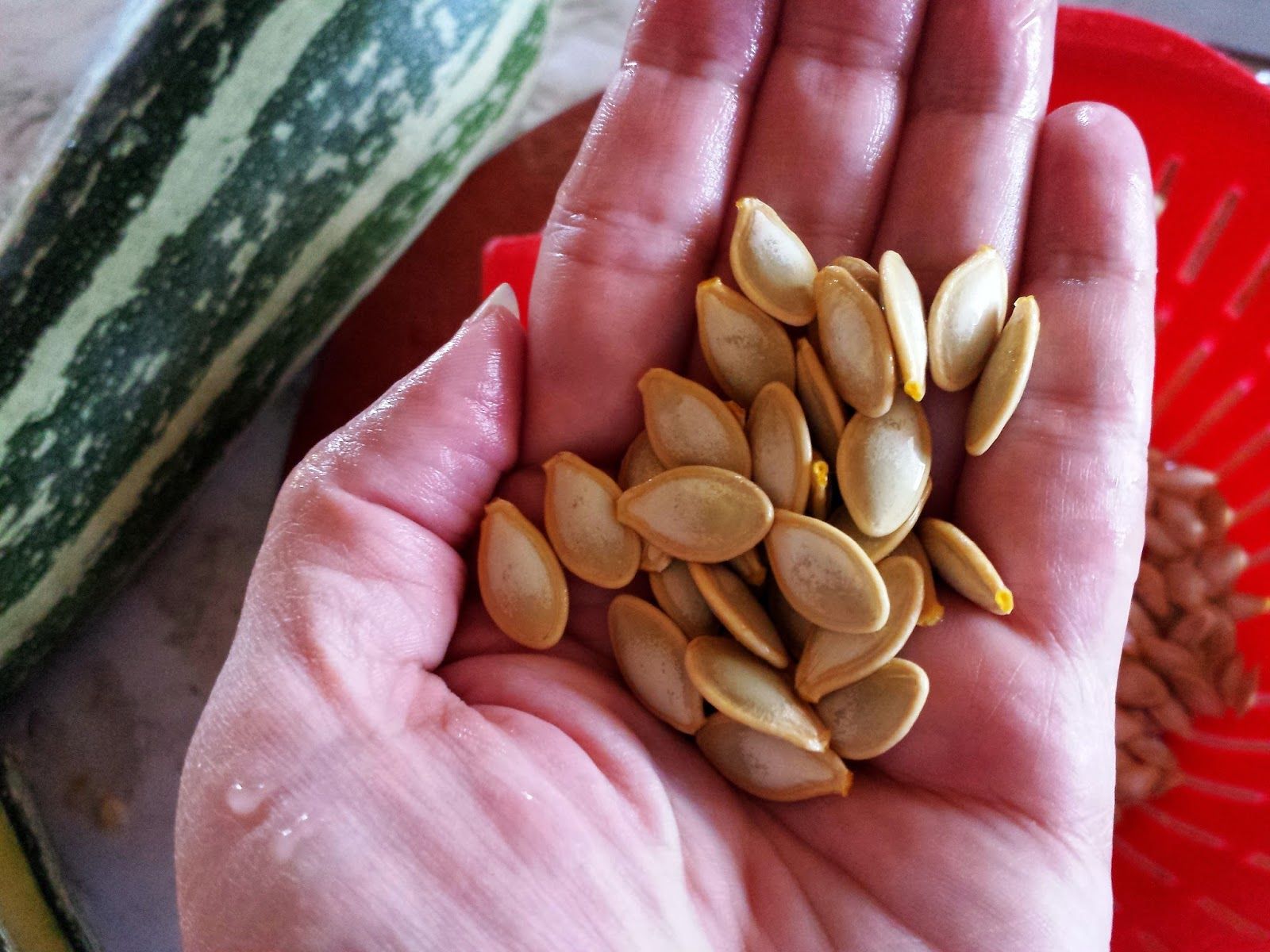
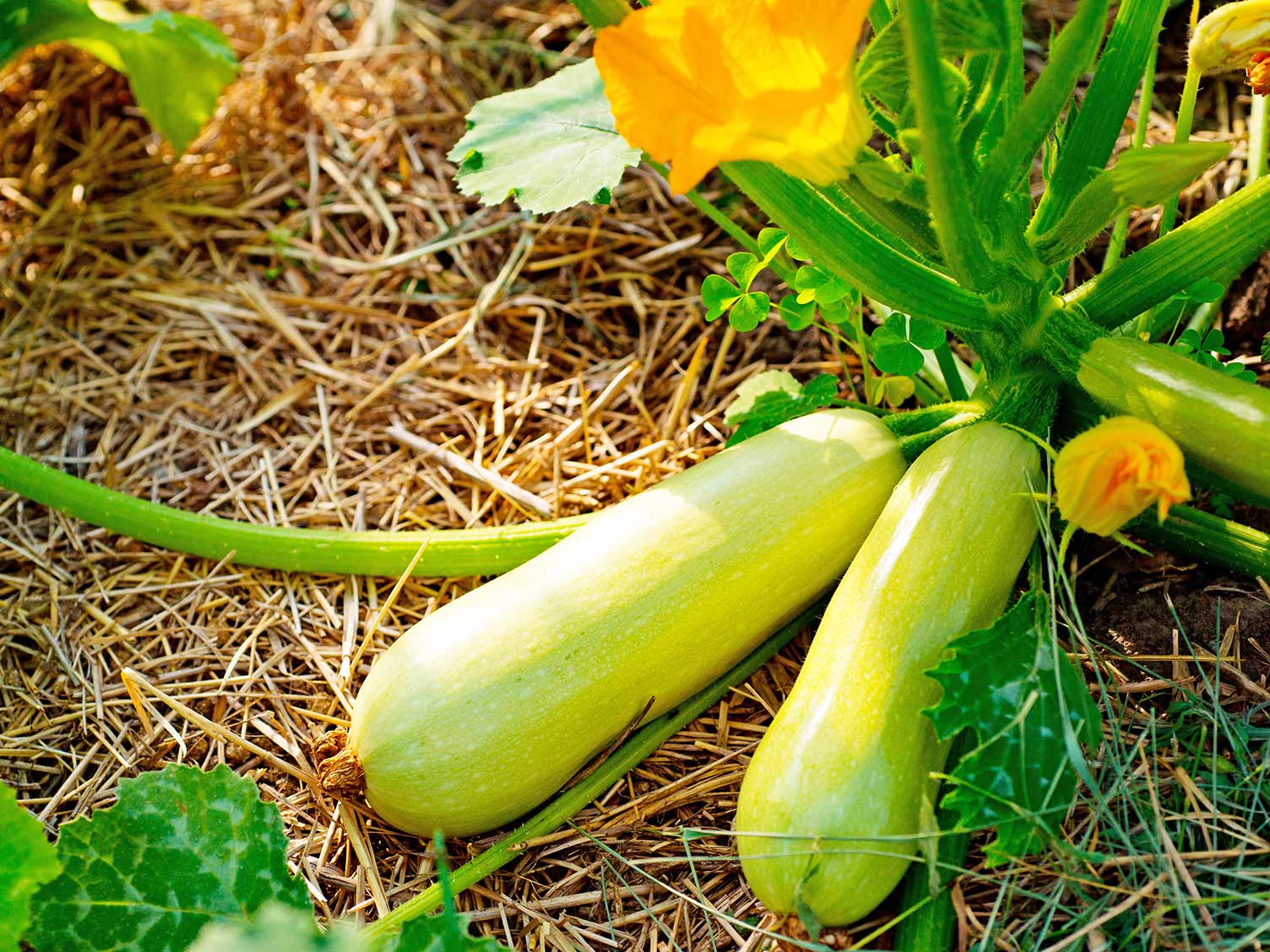
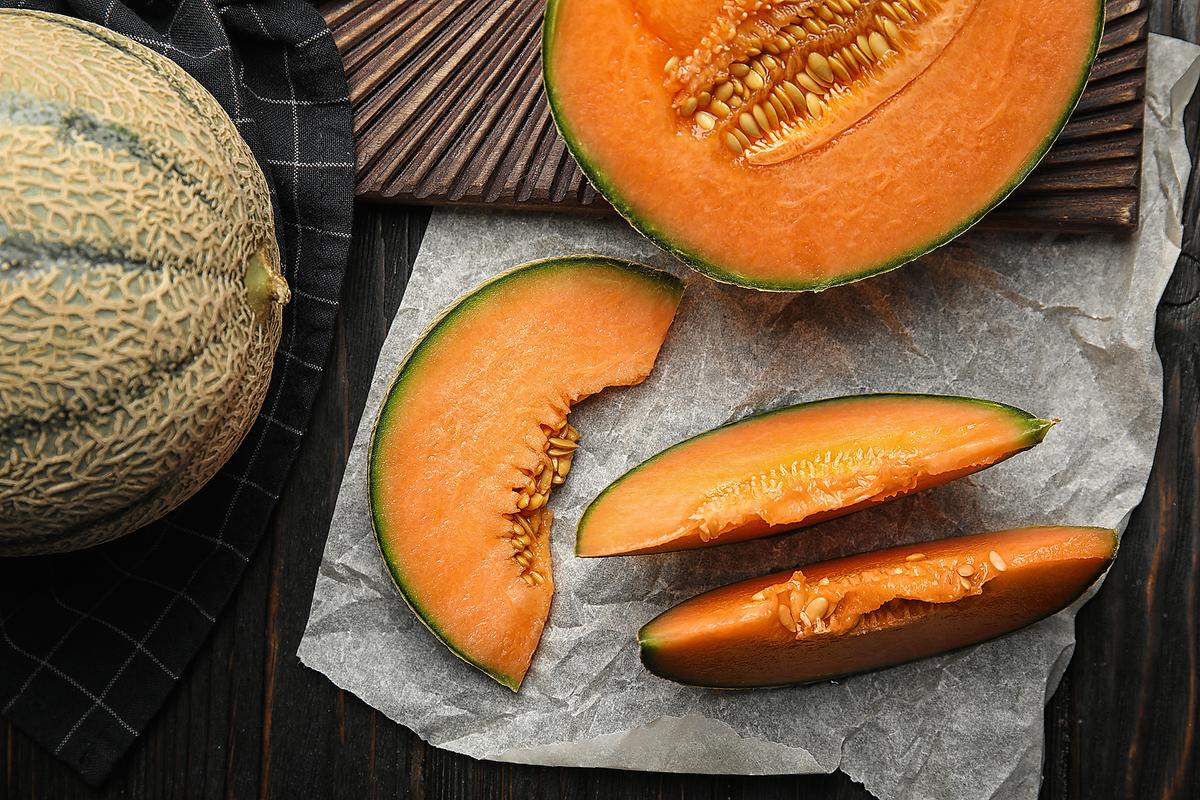
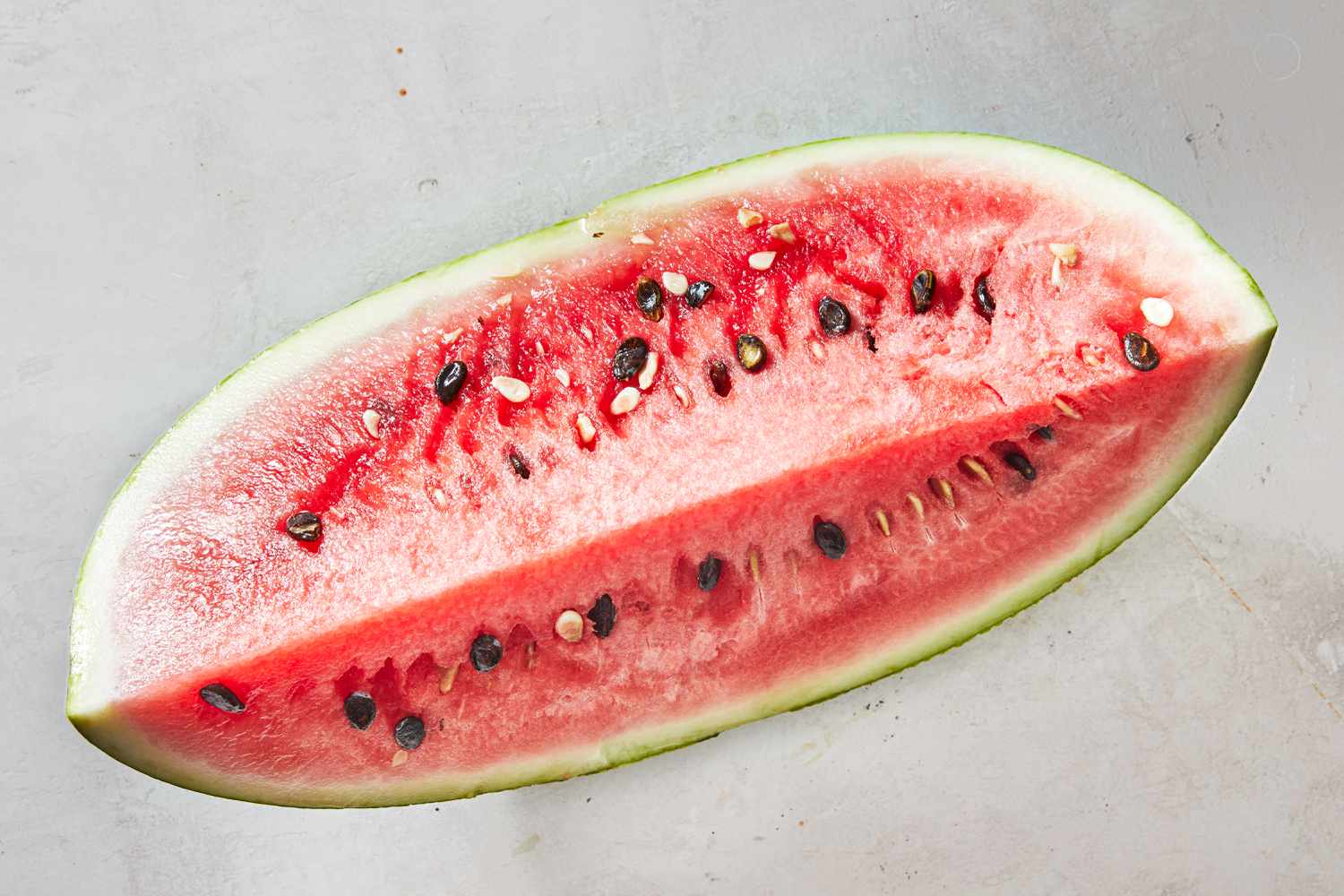
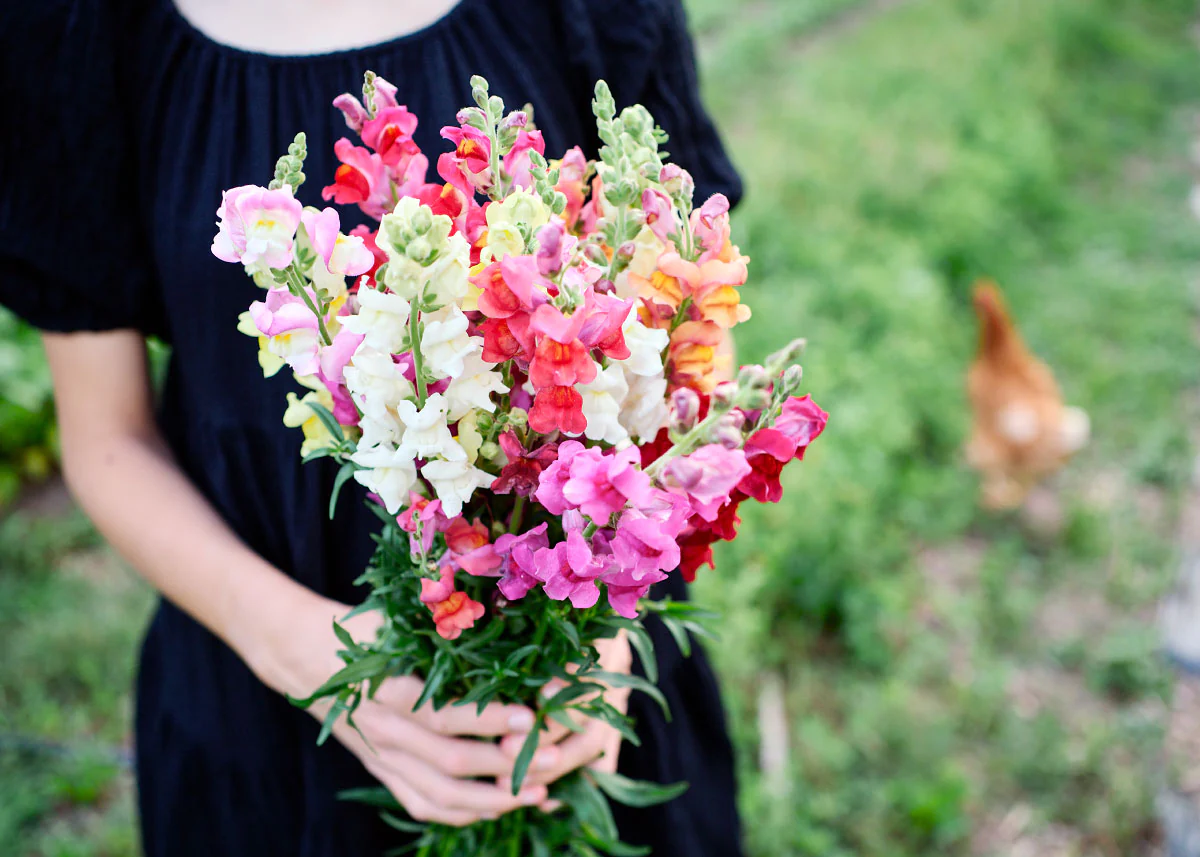
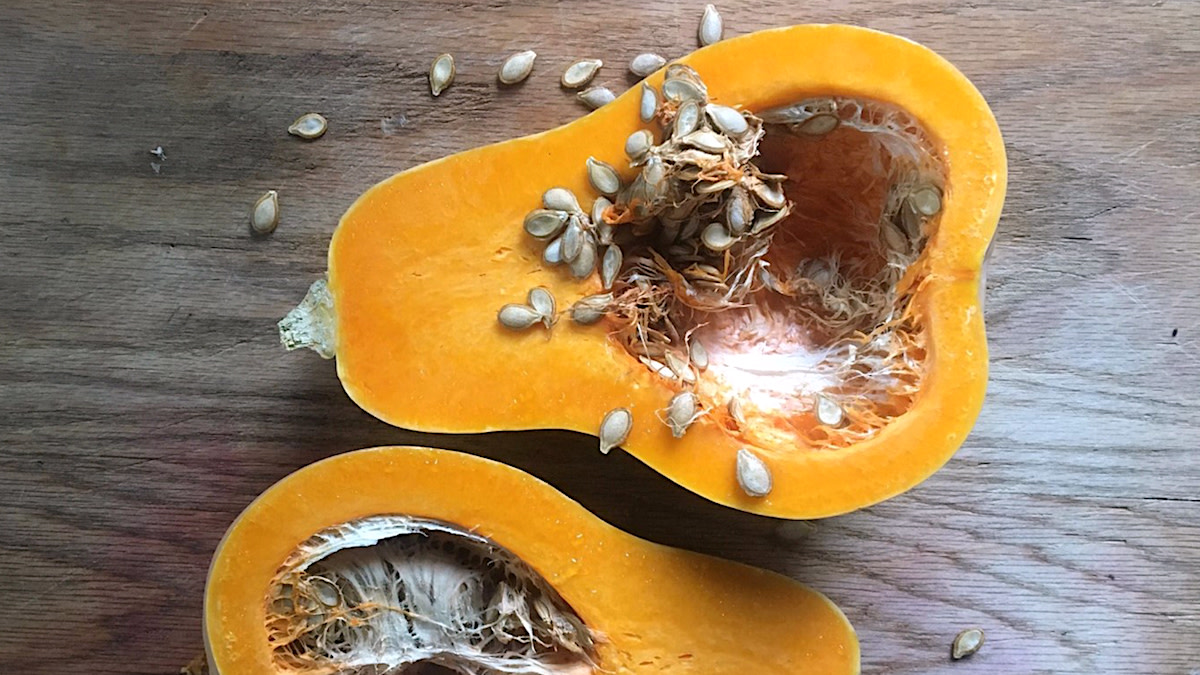
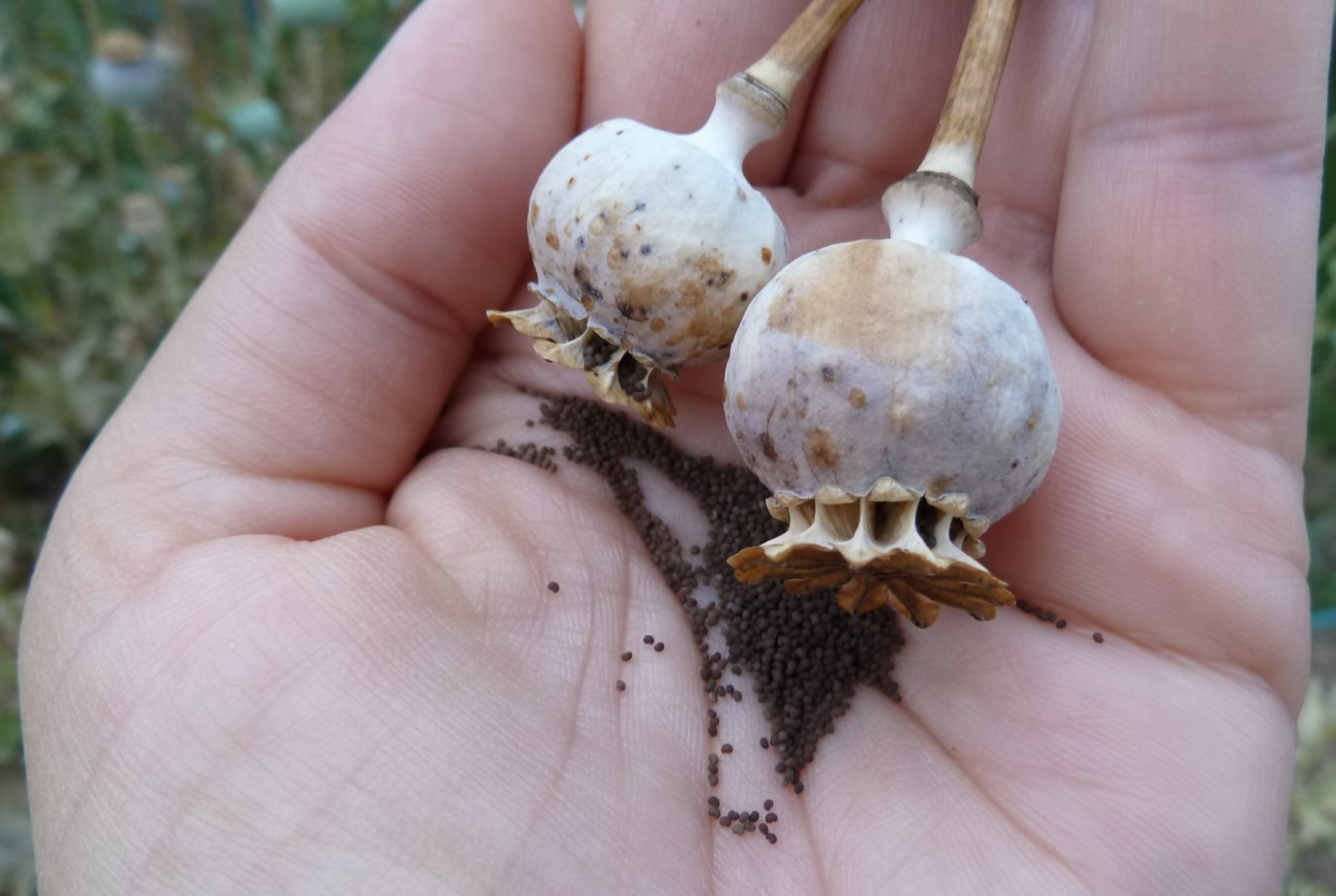
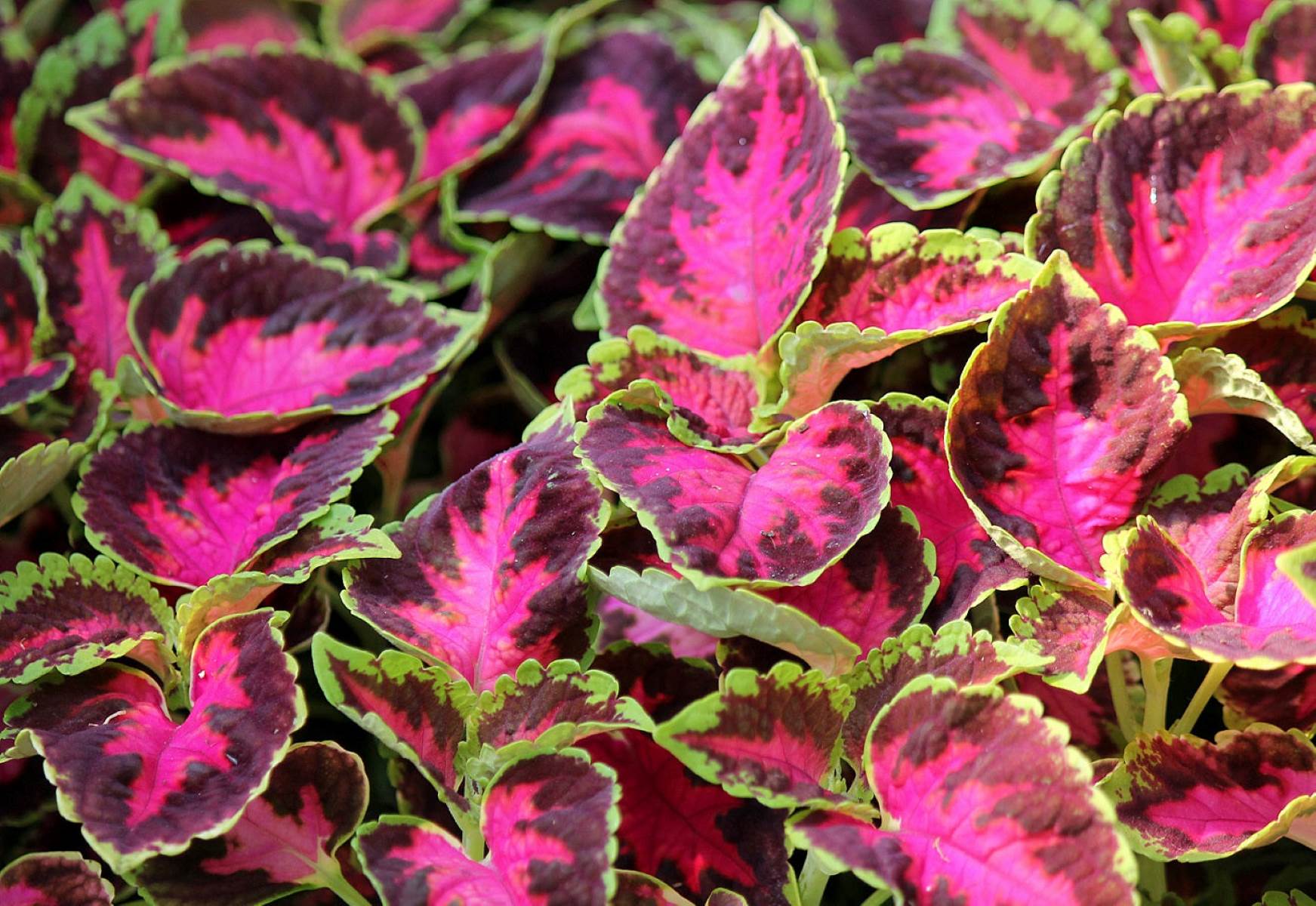
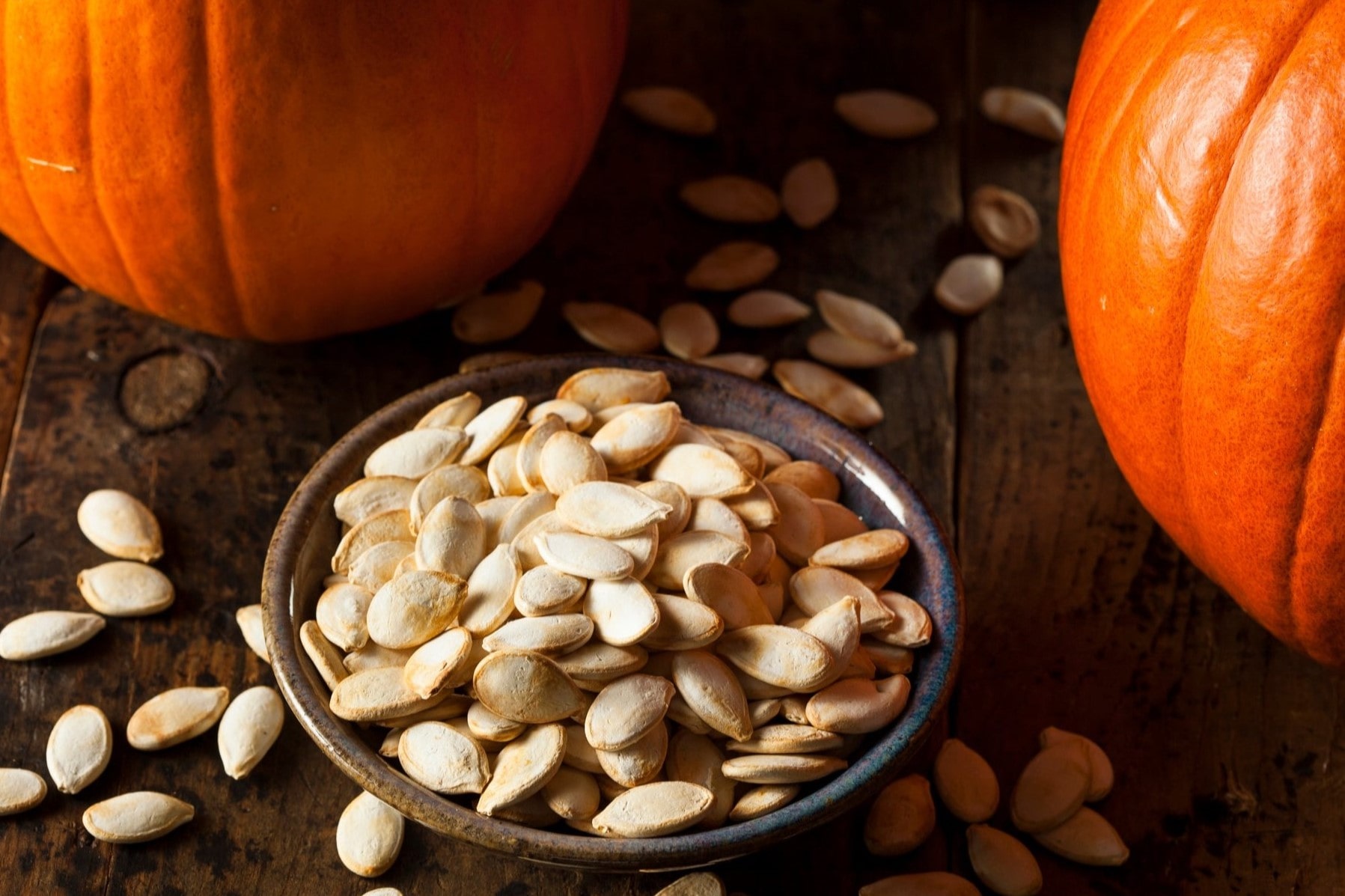
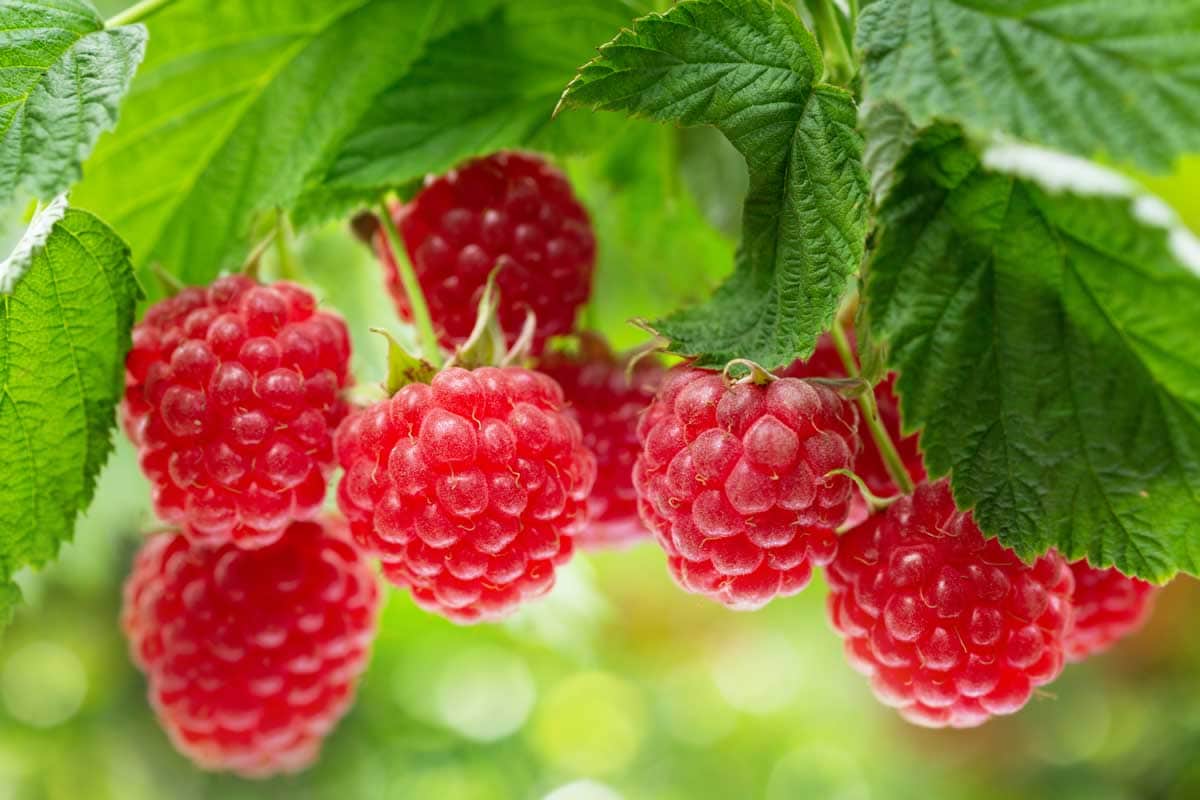
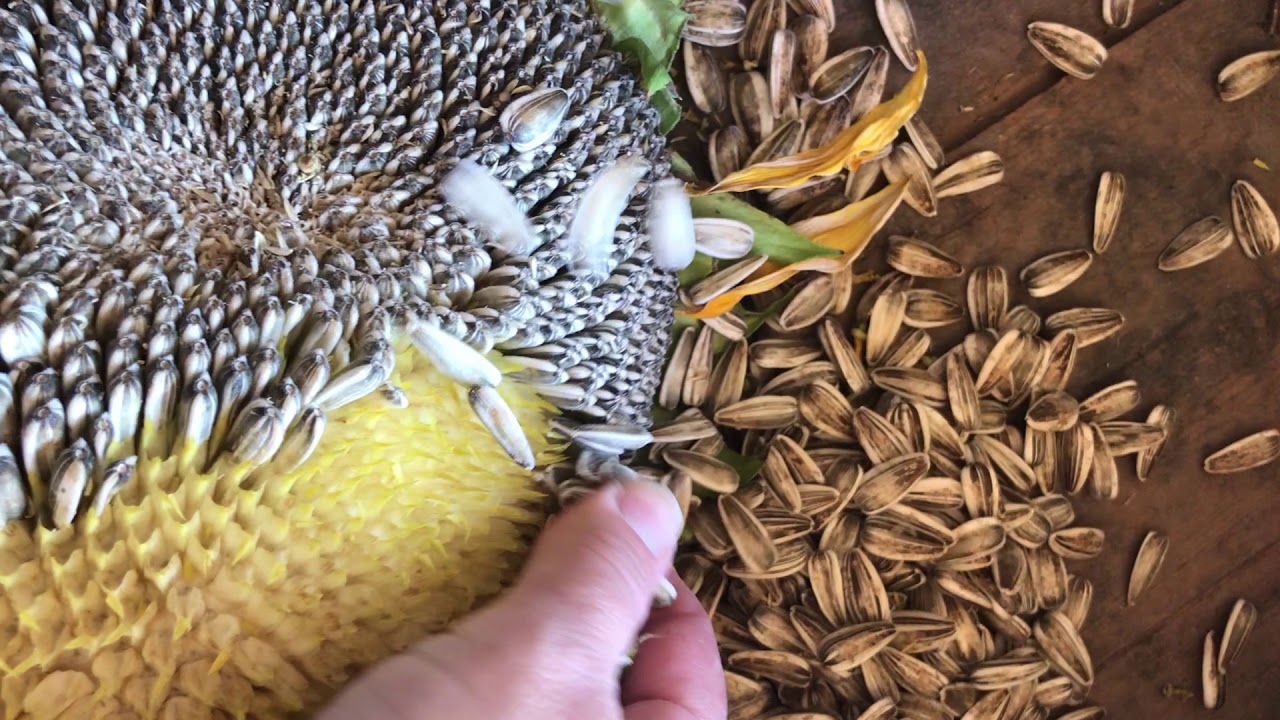
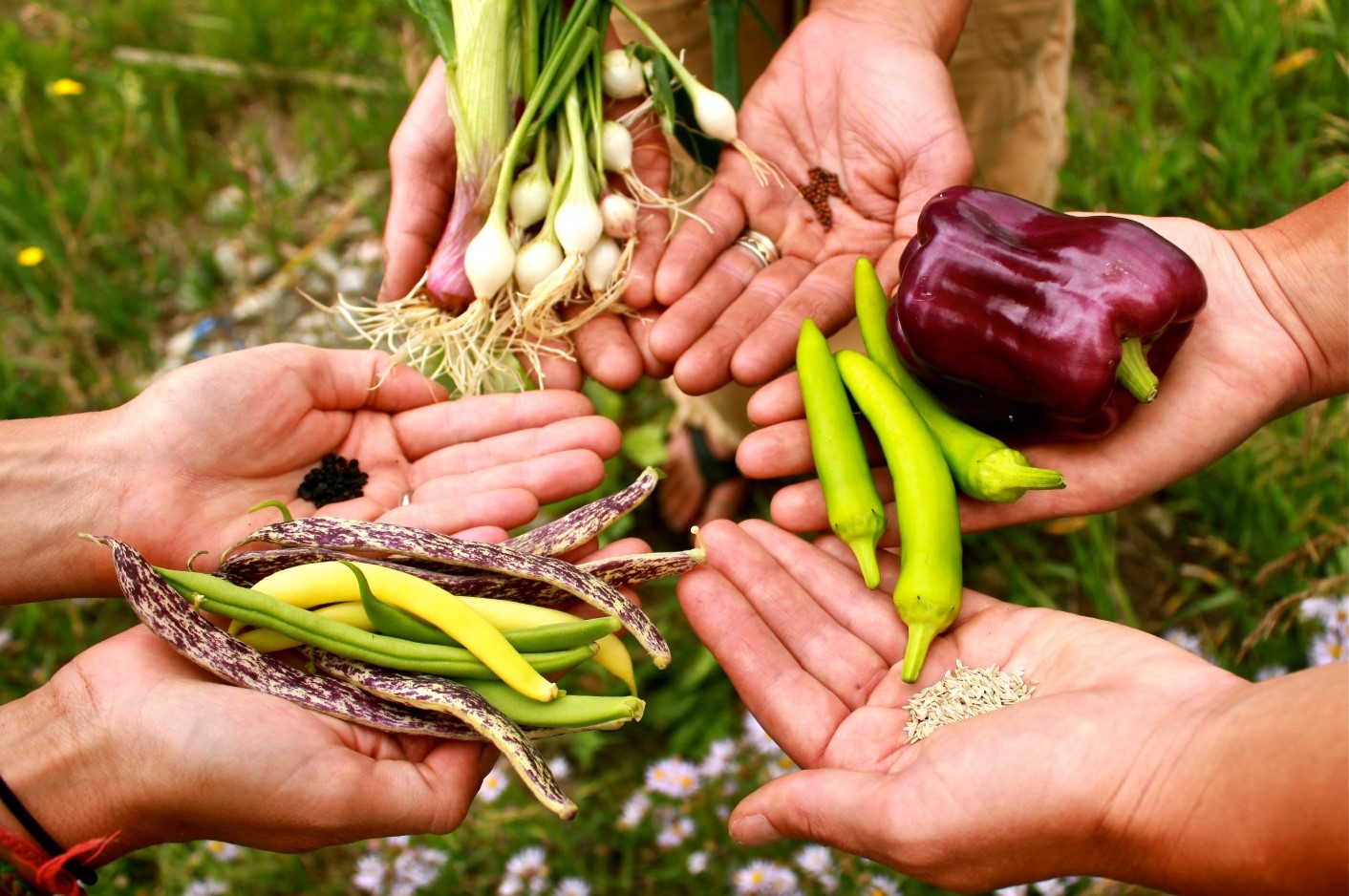

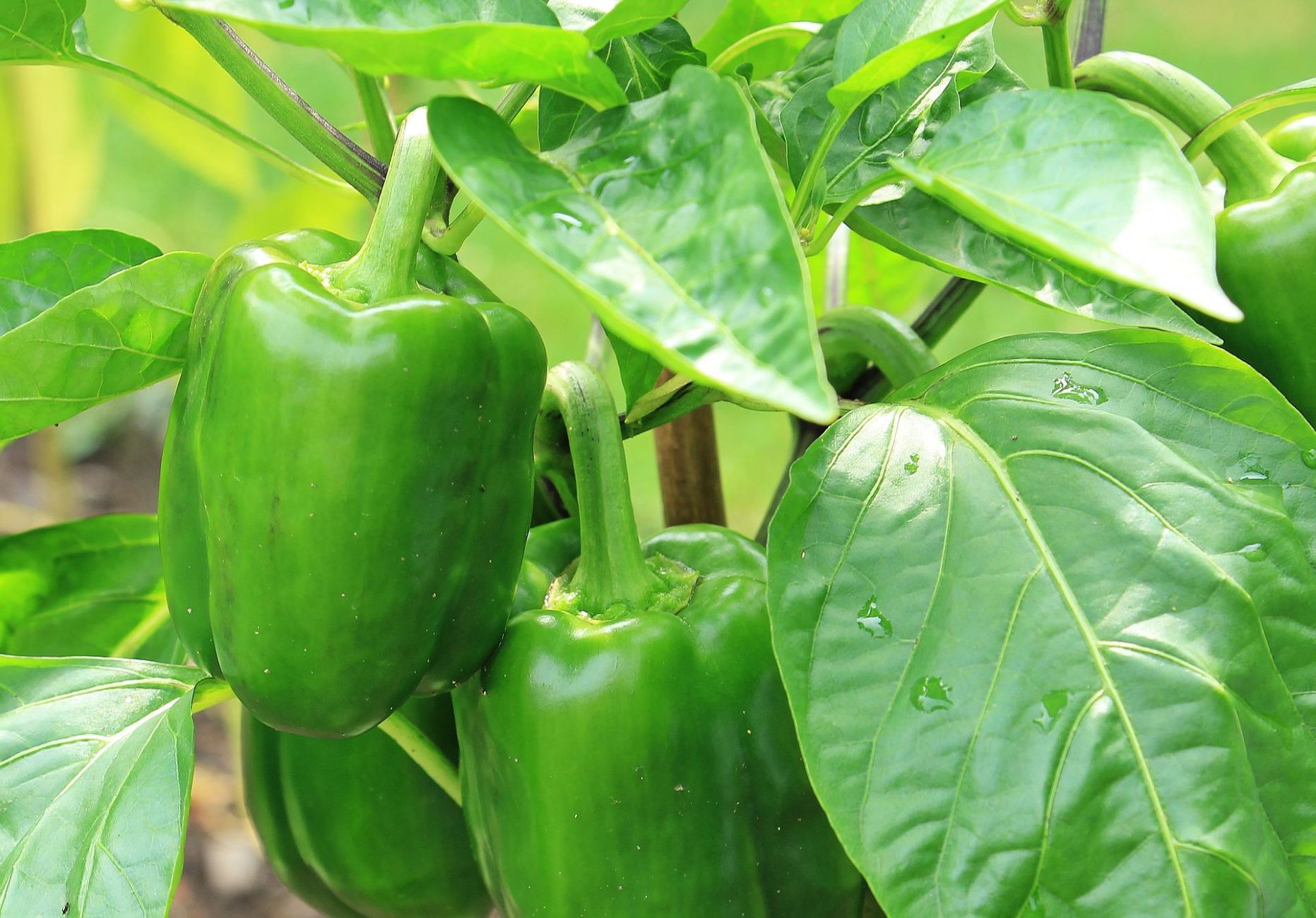

0 thoughts on “How To Save Zucchini Seeds”